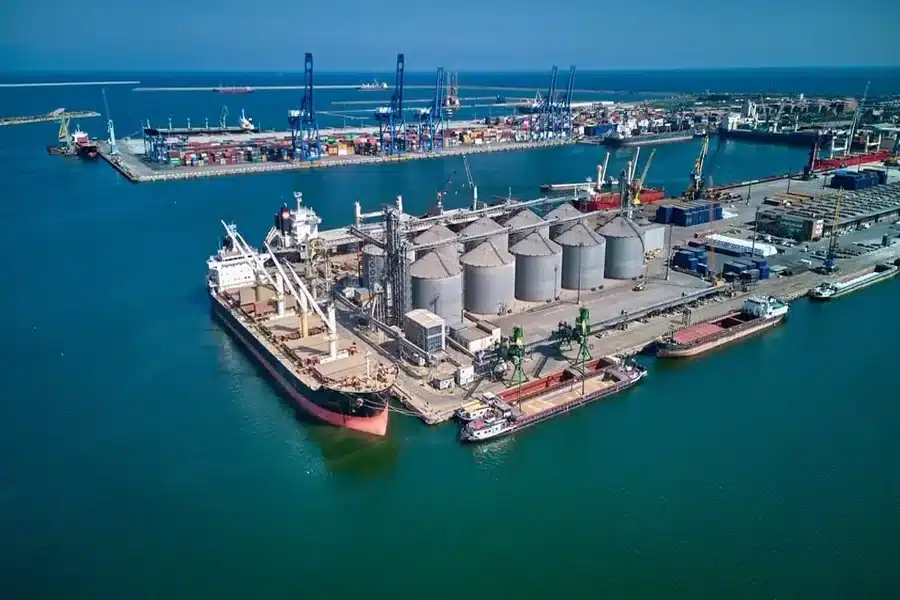How Commercial Dry Bulk Transport Supports Efficient Supply Chains

Efficient supply chains depend on reliable methods for moving raw materials from one location to another. One common way to transport large quantities of loose, unpackaged materials is through bulk transport. This method involves transporting goods, such as grains, minerals, and construction materials, in large volumes without individual packaging, which suits certain industries that require bulk shipments.
The Role of Bulk Transport in Supply Chain Processes
The movement of dry materials in bulk relies on commercial dry bulk transport, which uses specialized vehicles and infrastructure suited for this cargo type. Bulk shipments are carried by ships, trucks, and railcars designed to handle large volumes promptly. These transport methods play a key role in supporting industries such as manufacturing, agriculture, and construction.
Handling dry materials requires equipment and procedures suited to the cargo’s characteristics. Bulk carriers at ports use conveyors and pneumatic systems to load and unload materials competently.
These transportation modes connect producers with processing plants or end-users, creating a critical link in supply chains. Coordinating different transportation forms can facilitate smooth transfers, thereby reducing delays that might disrupt production timelines. This integration across modes often helps maintain a consistent supply of raw materials.
Equipment and Techniques Used in Bulk Transportation
Specialized transport equipment is designed to prevent contamination and material loss. Bulk carrier vessels are equipped with large holds that can carry thousands of tons of dry cargo. They are suited for commodities such as coal, grain, and ores that need to be moved over water routes.
Bulk trucks and hopper cars serve as the primary land-based carriers on highways and railways. These vehicles are designed with compartments to accommodate various dry materials like sand, cement, or fertilizer. Their structural design helps control dust and protect the cargo from environmental factors during transit.
Loading and unloading technologies also help maintain supply chain productivity. Mechanical conveyors and pneumatic systems allow for faster material transfers, reducing wait times at transfer points. Such equipment can support continuous flow in the supply chain, minimizing interruptions.
Factors Influencing Supply Chain Efficiency
Timely delivery of materials plays a key role in maintaining supply chain effectiveness. Reliable scheduling and well-established routes for bulk transport contribute to consistent operations. Monitoring tools enhance visibility into shipment progress, allowing for adjustments when necessary to support smooth flow.
Logistics planning involves coordination among multiple carriers and handling facilities. This collaboration facilitates efficient transfers between ships, trucks, and trains, helping materials reach their destinations as planned. Awareness of regional regulations and requirements also supports streamlined transport processes and operational consistency.
Environmental considerations and fuel functionality are increasingly important in supply chain management. Transporting materials in bulk can reduce the number of trips needed and lower fuel use per unit of cargo. Choosing the appropriate transport modes and routes can help mitigate the environmental impact associated with moving large volumes of dry materials.
Considerations for Effective Dry Bulk Material Transport
Transporting dry bulk materials involves several important considerations that contribute to smooth supply chain operations. The physical properties of materials, such as moisture content and particle size, influence the choice of transport and handling methods. Equipment and processes are tailored to suit these characteristics, enabling the maintenance of cargo quality and condition throughout its journey.
Established safety protocols support consistent and reliable handling of bulk shipments. Proper loading and securing techniques contribute to stability during transit, while regular maintenance of vehicles and equipment ensures continued operational capability. Collaboration among all parties involved in the transport process, including shippers, carriers, and receivers, helps coordinate logistics and timing, supporting steady material flow and effective supply chain management.
Commercial dry bulk transport supports supply chains by providing methods that facilitate the smooth movement of large volumes of unpackaged materials. The use of specialized equipment, combined with coordinated logistics, allows industries to maintain a steady supply of necessary raw materials. Through careful planning and management, this mode of transport remains an important component in the movement of bulk goods across various sectors.
